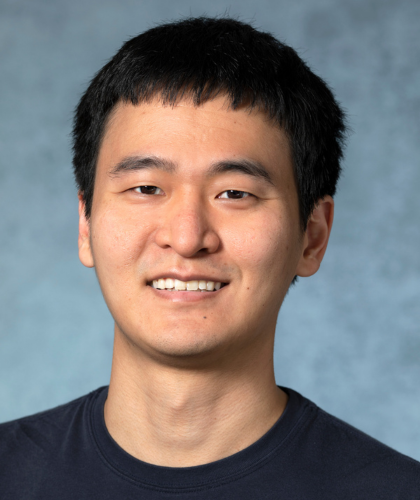Active Filters



Gorjan Alagic
Associate Research Scientist
Cryptography & Quantum Algorithms








Abhinav Bhatele
Associate Professor
Parallel Computing & Data Analytics






Andrew Childs
Professor & Interim Director
Quantum Information Processing
Rita R. Colwell
Distinguished University Professor
Computational Biology

Matthew Coudron
Adjunct Assistant Professor
Theoretical Computer Science





Larry Davis
Distinguished University Professor Emeritus
Computer Vision



Laxman Dhulipala
Assistant Professor
High-performance Graph Algorithms

David Doermann
Research Scientist Emeritus
Document Image & Video Understanding





Josiah Dykstra
Adjunct Research Scientist
Human-centered Cybersecurity


Max Ehrlich
Adjunct Assistant Professor
Machine Learning & Computational Imaging



Soheil Feizi
Associate Professor
Machine Learning & Statistical Inference











Alexey Gorshkov
Adjunct Professor
Quantum Information Science & Quantum Optics

Daniel Gottesman
Professor
Quantum Computation & Quantum Information


Michael Gullans
Adjunct Assistant Professor
Quantum Information Systems











Joseph JaJa
Professor Emeritus
High Performance Computing & Visualization






Leonidas Lampropoulos
Assistant Professor
Software Reliability & Security



Alan Zaoxing Liu
Assistant Professor
Networking & Applied Algorithms


Dinesh Manocha
Distinguished University Professor
Computer Graphics, Robotics & Virtual Environments












Murphy Yuezhen Niu
Adjunct Assistant Professor
Quantum Optimization & Algorithms







Catherine Plaisant
Senior Research Scientist Emerita
Human-Computer Interaction











Ben Shneiderman
Distinguished University Professor Emeritus
Human-Computer Interaction


Aravind Srinivasan
Distinguished University Professor
Algorithms

G.W. "Pete" Stewart
Distinguished University Professor Emeritus
Scientific Computing

Milijana Surbatovich
Assistant Professor
Programming Languages






Joshua Weitz
Professor and Clark Leadership Chair in Data Analytics
Virology & Computational Biology






Nicole Yunger Halpern
Adjunct Assistant Professor
Quantum Thermodynamics & Quantum Information


Kaiqing Zhang
Assistant Professor
Machine Learning & Reinforcement Learning


Matthias Zwicker
Professor and Chair
Computer Graphics & Data-Driven Modeling
